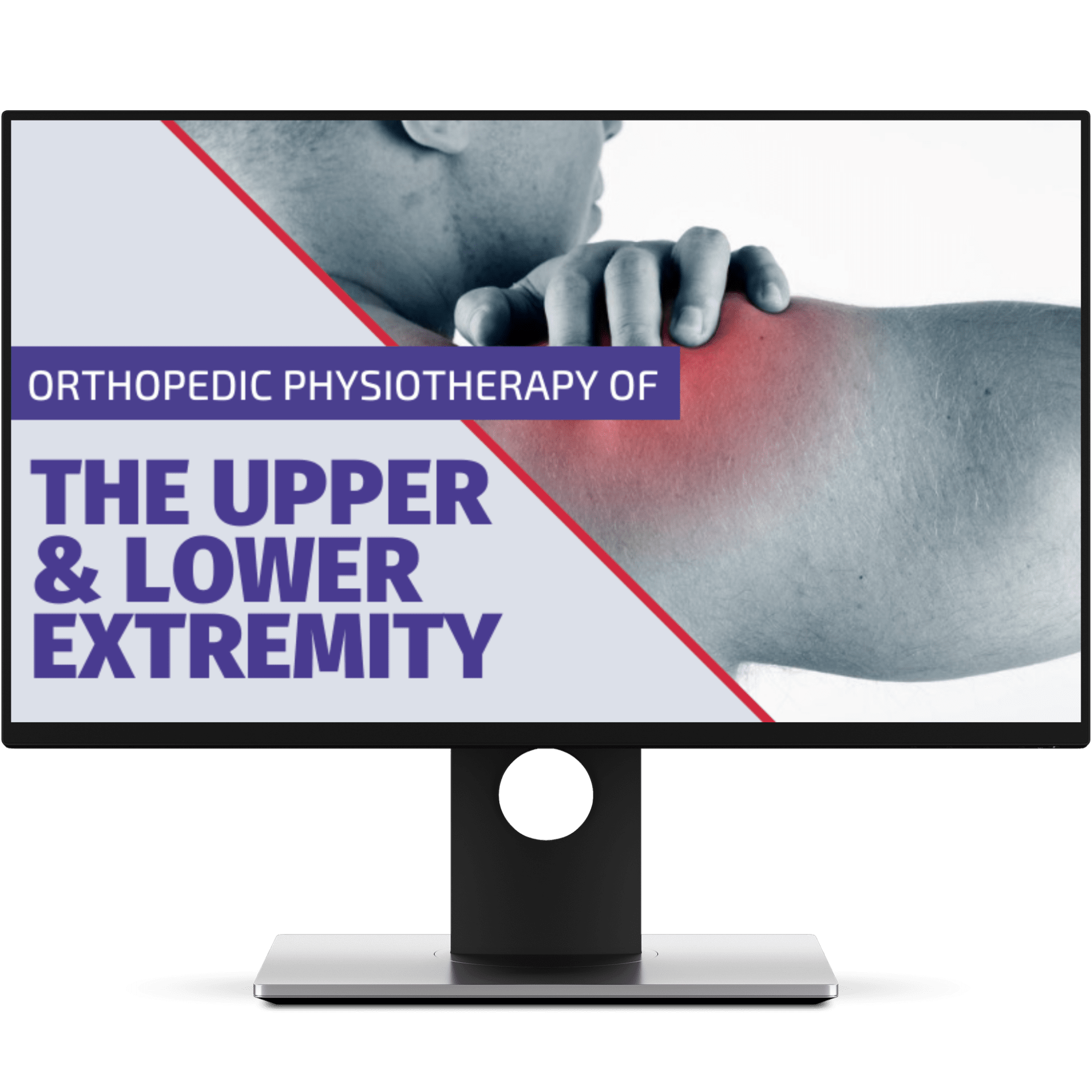Leg Length Difference – Does it matter?
Your back pain, shoulder pain, and neck pain are all coming from your leg length difference. Sounds plausible right? But does a leg length difference really matter and how big does the leg length difference need to be to really play a role?
Prefer watching instead of reading? Then check out our YouTube video below:
In our daily practice, we come across a plethora of patients who blame their leg length discrepancy for their knee, hip, or low back, shoulder, and neck pain. Many of them were informed about the leg length difference by their general practitioner, specialist, or physiotherapist. This can create a worrisome attitude and fear that their situation might lead to poor alignment of the pelvis, spine, and even higher in the body.
My first question to patients is usually: How was this leg length difference measured? A study from Fisk and Baigent (1975) has shown that clinical assessment of leg length discrepancy is unreliable and that true discrepancy can only be measured reliably by X-Ray. Yet, still, almost 50 years later physiotherapists and other professionals are telling their patients that they have a leg length difference after they have measured it or after they have performed the Weber-Barstow maneuver for example.
90% of the population has a leg length discrepancy and 60% have a leg length difference of 5mm or more!
Then I will continue to ask my patients: Out of a hundred people, how many people do you think have a leg length discrepancy? A review by Knutson et al. (2005) estimates that around 90% of the population has a leg length discrepancy. Of those 90% almost 60% have a leg length difference of 5mm or more.

Now let’s say that a patient has had an X-Ray confirming a clear leg length discrepancy. Can this have an influence on his or her ankles, knees, hips and back, etc.?
First of all the aforementioned review showed that the effect of an anatomic leg length difference is rotation of the pelvis, often referred to as pelvic torsion. In most cases, the innominate bone rotates anteriorly on the side of the shorter leg and posteriorly on the side of the longer leg in patients with a leg length discrepancy up to 22mm. But is this pelvic torsion related to low back pain? The evidence from different studies included in the review shows that neither pelvic torsion nor pelvic unleveling or pelvic obliquity is related to low back pain.

So now we have one question left to be answered: When does a leg length discrepancy really play a role? In other words, when is it clinically significant?
There are quite a few studies that have tried to answer this question. For more details, we would like to refer you to the review of Knutson (2005)
In conclusion, the result of taking different papers into account is that a leg length difference of up to 2 cm is probably not clinically significant.
A leg length difference of up to 2 cm is probably not clinically significant
The human body is perfectly able to compensate for this difference, mostly through passive structural changes such as mild scoliosis, facet angulation changes, and changes in muscle length. Only past the 2cm point, active muscular compensations take over. At last, it’s important to realize that a discrepancy of this size is only found in around 1 out of 1000 people.
Orthopedic Physiotherapy of the Upper & Lower Extremities
Boost Your Knowledge about the 23 Most Common Orthopedic Pathologies in Just 40 Hours Without Spending A Fortune on CPD Courses

So in case someone has a leg length difference of more than 2cm, how is this treated? What we often hear and also see on social media is that practitioners try to reverse pelvic torsion by manipulating the sacroiliac joint. My first question about this procedure would be: Why would you want to change the pelvic torsion in the first place? If the pelvis is equalized, I would expect other structures to have to take over the job and compensate even more, for example, the facets or muscles.
Second of all, we have learned that a manipulation of the SIJ is never able to change the position of the innominate bones on the sacrum. If you would like to learn more about this, check out our video on SIJ myth-busting.
The only treatment that makes sense and can be of value is heel lifts to compensate for the discrepancy. So in case you find a leg length difference of 2cm or more, it makes sense to possibly refer this patient to a podiatrist.
As always, thanks a lot for reading!
Kai
References

Kai Sigel
CEO & Co-Founder of Physiotutors
NEW BLOG ARTICLES IN YOUR INBOX
Subscribe now and receive a notification once the latest blog article is published.







